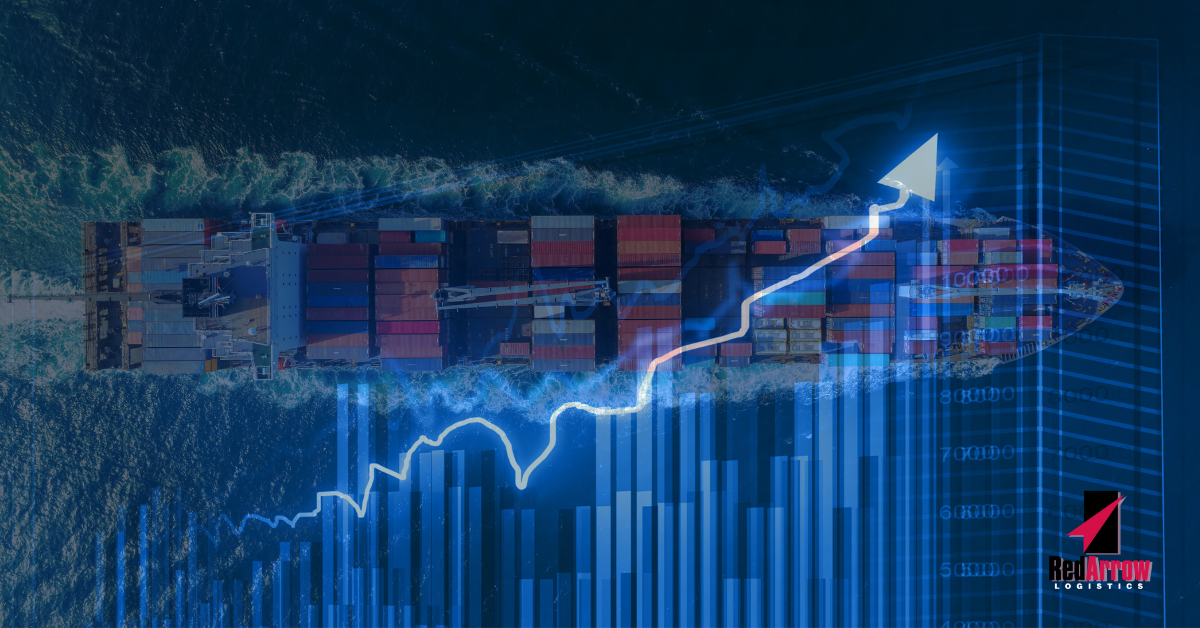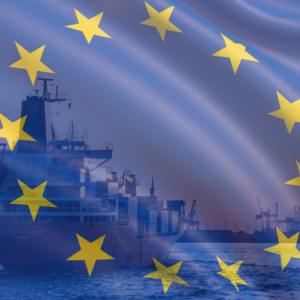With a tumultuous 2019 within the shipping industry, many are wondering how the new year will play out with many global changes on the horizon. Major factors such as the implementation of the IMO 2020 regulations and the ongoing trade war between the U.S. and China are sure to affect the international shipping rates for this year. Projected growth for many economies remains uncertain, which will have an impact on shipping.
IMO 2020 Impacts
Compared to other types of transportation, the shipping industry has one of the lowest carbon emissions, yet reducing emissions from ships has been the goal of the International Maritime Organization (IMO). The implementation of the IMO 2020 regulations will have a major impact on the shipping industry. Starting January 1, 2020, a 0.5% sulfur emissions cap was enacted, which is a drastic cut from the previous rate of 3.5%. Getting this percentage down to such a low level will require a major investment by the ocean shipping industry. Shippers will need to switch to low-sulfur residential fuel oil (LFSO) or low-sulfur distillates (LSD). Being compliant with the new regulations could cost the ocean liner industry billions of dollars. Currently, we are seeing an average of about $200/TEU transpacific eastbound. The market is very volatile right now with rates fluctuating every 2-weeks.
As a result, the price of high-sulfur fuel oil will decrease dramatically while low sulfur oil will increase. Most likely, this rise in fuel prices will be passed along to the customer. If lines are unable to pass along the additional expenses, they will have to cancel routes and sailings to artificially inflate international shipping rates. Certain vessel classes could see drastically reduced margins.
The Cost of Reducing Emissions
Some shipping companies may choose to counteract the increase in fuel by running their liners at slower speeds or running fewer lines. While this will reduce emissions, it also slows the delivery time of goods which could diminish profits. Other shippers may choose another option of installing scrubbers on the vessels to get rid of the sulfur from the exhaust system, so it does not reach the air. Whether a shipping company chooses to use low-sulfur fuel or install scrubbers, it will come at a cost, and this will affect shipping rates.
An example that shows the impact of the change in fuel requirement is as follows: A container ship carrying 8,000 20-foot equivalent units (TEUs) going 19 knots uses about 100 tons of fuel daily. The current cost of LSFO in Singapore is approximately $690 per ton. In comparison, high sulfur fuel cost about $340 per ton one year ago. This adds an additional $35,000 on to the cost to run the vessel… per day.
Impacts of Trade Wars on International Shipping Rates
The continuous trade war between China and the U.S. has affected the shipping industry greatly as shipping accounts for 90% of trade in the world. With slow trade growth in 2019 worldwide, many experts do not expect to see gains in 2020. This will create lower manufacturing and trade numbers.
Shipping prices might also be affected by the tariff and tax situation between the U.S. and China. A new partial agreement is set to go into effect on January 15, 2020, however, this is only the first phase of the process. While this is progress regarding a trade war that has gone on for almost two years, there are still further discussions needed. Under the new agreement, some tariffs on China will be reduced or eliminated, while China will adopt trade reforms and buy more U.S. farm exports. China will be committing to a minimum of $200 billion in increased purchases over the next two years from a variety of U.S. manufacturers and farmers. U.S. tariffs for approximately $250 billion in Chinese-made goods still remain in effect.
The falling trade-to-GDP ratio with the existing trade barriers will continue to create problems for the shipping industry. Peter Sand, BIMCO’s (Baltic and International Maritime Council) Chief Shipping Analyst states: “The trade war is the clearest example of these extra barriers to trade, and although a Phase 1 deal was reached in December, the most difficult issues have yet to be addressed, and BIMCO, therefore expects the trade war to continue to plague shipping between the U.S. and China in 2020.” He points to the additional tariffs the U.S. has placed on the EU and the trade tensions between Japan and South Korea as contributing to the problems.
Shipping rates will remain uncertain for the first part of 2020 as the IMO regulations are enacted. They will most likely fluctuate based on the trade situation between the U.S. and China, and other countries, as well.
Your Trusted Partner
Red Arrow provides expertise and white glove customer service with fast-growing, complex, and high-value supply chains. As the next-generation model of logistics companies, Red Arrow offers tailored transportation and logistics solutions — from single shipments to complex over-dimensional and international orders.
Red Arrow offers the scale and scope of services including air, ocean, and ground transportation to meet the budget and schedule requirements of the largest and smallest companies alike. If we can be of assistance, please email us at info@redarrowlogistics.com or give us a call 425-747-7914.





